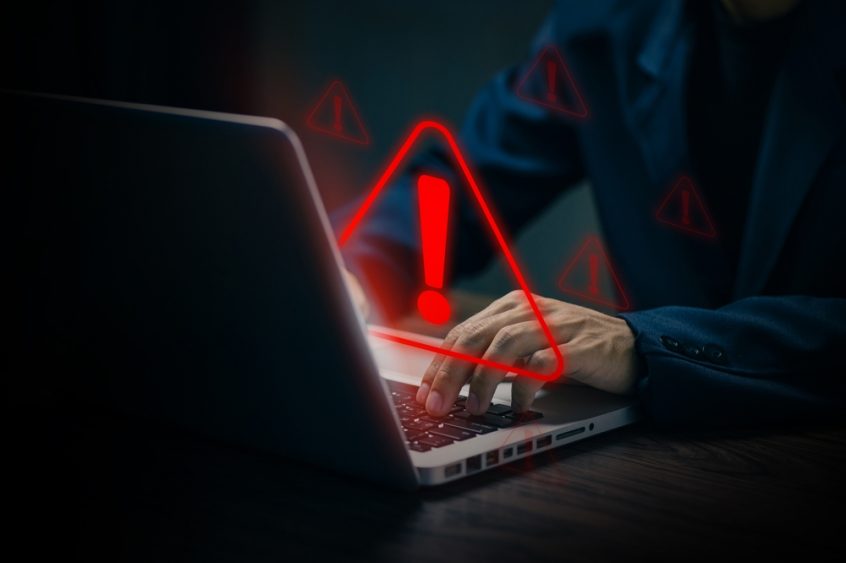When your security vendor gets breached, it’s more than a headline—it’s a warning. SonicWall has confirmed that every MySonicWall cloud backup customer was impacted by a recent cyber incident, exposing sensitive firewall configuration files, VPN settings, and encrypted credentials.
The full story, first reported by TechRadar, highlights how even trusted providers can become weak links in your cybersecurity chain.
What Happened
The breach began when attackers gained unauthorized access to SonicWall’s MySonicWall cloud backup service. Initially downplayed as limited, SonicWall later said that 100% of backup customers were affected.
While the company says credentials inside the files were encrypted, the exposed data includes firewall rules and network configurations—details that could give attackers a map of how systems are defended. SonicWall has advised customers to delete cloud backups, rotate all credentials, and recreate new backups locally.
Why This Matters for SMBs
For small and mid-sized businesses, this breach underscores a growing truth: even your cybersecurity vendors can introduce risk.
When a trusted provider’s system is compromised, your organization can become collateral damage.
The biggest takeaways for SMBs:
- Vendor trust isn’t immunity. Even security companies can be breached.
- Encrypted doesn’t mean invisible. Attackers with network configurations gain valuable insight.
- Third-party dependence equals shared risk. Every connected service expands your attack surface.
What Businesses Should Do Now
Constructure Technologies recommends that organizations using SonicWall—or any cloud-based security vendor—take the following steps immediately:
- Delete affected backups from MySonicWall and recreate them locally or in a secure environment.
- Rotate all credentials and secrets, including admin passwords, VPNs, and RADIUS/LDAP credentials.
- Review all dependent systems that connect to SonicWall appliances and change shared credentials.
- Rebuild configurations manually instead of restoring old backups that may contain compromised data.
- Monitor for unusual activity—especially firewall rule changes or unexpected outbound traffic.
The Bigger Picture
The SonicWall breach is a reminder that cybersecurity isn’t a one-time setup—it’s an ongoing process of vigilance, validation, and verification. For SMBs without dedicated cybersecurity teams, partnering with a trusted provider like Constructure Technologies ensures your business stays protected.
Even the strongest defenses can fail if one link in your supply chain is weak. Now is the time to review your relationships with cloud vendors, validate your backup integrity, and make sure your business continuity plans don’t depend on unverified third-party systems.

